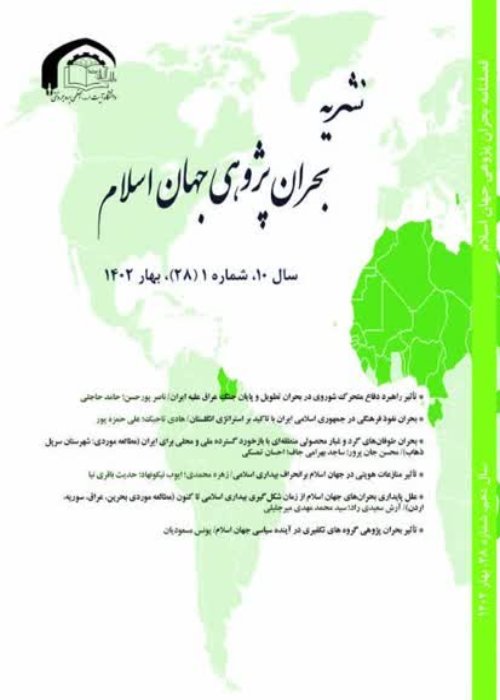Hirmand Water Crisis and return of Taliban to Power in Afghanistan
The present paper seeks to discuss the issue of Hirmand and the re-empowerment of the Taliban in Afghanistan. Over the past century, Afghanistan has consumed a larger volume of water and reduced the amount of water imported into the eastern regions of Iran, including Sistan, by constructing numerous dams and water projects along the Hirmand route. This issue has exacerbated dehydration in the eastern parts of Iran, including Sistan, in times of drought in the upper part of the river, and poses many threats to the region. With the Taliban regaining power in Afghanistan, the issue of Hirmand's Haqabah remains a major issue in Tehran-Kabul relations, with the group at times exploiting the water factor to put pressure on Tehran to advance its goals and policies, which this poses a threat to the Islamic Republic. The real question is, as the Taliban regains strength in Afghanistan, what policy will the group pursue on the Hirmand issue? The hypothesis of the article is that "intertwined reasons such as Afghanistan's upstream position, the country's extensive need for water resources, the development of agricultural activities and dam building in the Afghan territory, and on the other hand, the Taliban's need for a stable government and international recognition have caused this group, while pursuing a cooperative policy towards Iran, at times also to use the leverage of Hirmand. It can exert pressure on Tehran to gain concessions and advance its policies, which could pose an environmental and security threat to Iran's eastern regions, including Sistan". The results of the research show that Afghanistan's geographical position as an upstream country, the development of water projects in the country's territory, as well as the need of the Taliban for a legal government and international legitimacy have caused Kabul authorities to use Hirmand leverage in order to achieve their goals and enhance their power at times, thus providing for the eastern regions of Iran. Create environmental and security views. Qualitative analysis method was used to analyze the data of this study.
Iran , Afghanistan , Taliban , Hirmand , Hydropolitics
- حق عضویت دریافتی صرف حمایت از نشریات عضو و نگهداری، تکمیل و توسعه مگیران میشود.
- پرداخت حق اشتراک و دانلود مقالات اجازه بازنشر آن در سایر رسانههای چاپی و دیجیتال را به کاربر نمیدهد.



